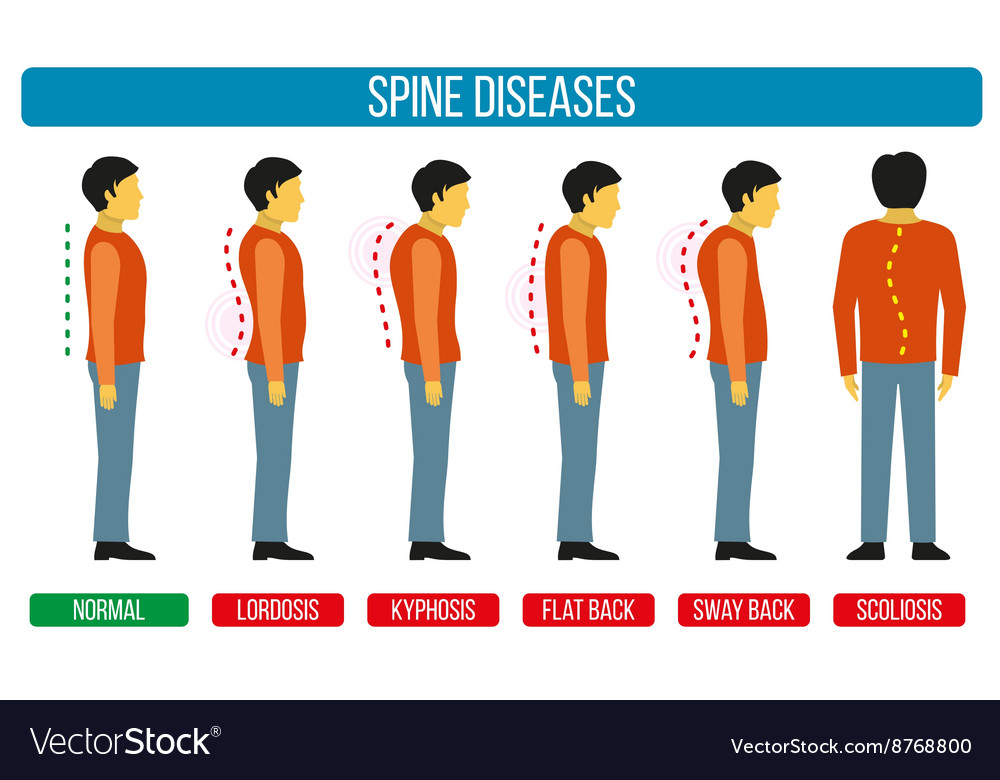Just When You Believe Relief Is Near, Soft Tissue Treatment Discloses Its Uneasy Realities-- Find Why The Process Can Be Unpleasant Yet Useful
Just When You Believe Relief Is Near, Soft Tissue Treatment Discloses Its Uneasy Realities-- Find Why The Process Can Be Unpleasant Yet Useful
Blog Article
Content Composed By-May Jacobson
When you undertake soft Tissue therapy, you could find it surprisingly uncomfortable. This pain emerges as stress is put on tense muscle mass and damaged tissues, triggering your discomfort receptors. While it can really feel stressful in the minute, there's a reason behind this feeling. Understanding what occurs in your body throughout these treatments can aid you appreciate the procedure. So, what exactly is going on beneath the surface?
The Physiology of Discomfort During Soft Tissue Treatment
When you go through soft Tissue therapy, your body's action to pain is a complicated interplay of physiological processes. As the specialist applies pressure, your body activates pain receptors, sending signals to your brain. This sets off the launch of neurotransmitters, such as material P and glutamate, which amplify the experience of discomfort.
https://edgarqlfau.nizarblog.com/33223440/improve-your-game-vital-sports-massage-therapy-techniques-for-optimal-healing might also tense up in response, additional complicating the experience. In addition, your body may release endorphins, natural painkillers that can assist reduce some pain.
The communication between these processes can produce an one-of-a-kind experience for every person. Comprehending this physical feedback helps you browse the feelings during therapy, permitting you to value the balance between discomfort and the potential for recovery benefits.
The Function of Pain in the Recovery Refine
Although discomfort during soft Tissue treatment can feel frustrating, it plays an important function in the recovery procedure. When you experience discomfort, your body is signifying that it's working to fix broken cells. This action assists boost blood circulation to the afflicted area, supplying crucial nutrients and oxygen needed for healing.
In addition, pain can advertise the release of endorphins, your body's natural painkillers, developing a feeling of relief post-treatment. Welcoming this discomfort can assist you recognize your body's limits and urge you to attend to underlying issues.
While it's unpleasant now, this procedure is essential for lasting recuperation and boosted function. Acknowledging linked internet site as an important part of healing can empower you to remain committed to your treatment.
Tips for Handling Discomfort Throughout and After Therapy
Managing discomfort during and after soft Tissue treatment can significantly enhance your general experience and recuperation.
To begin, interact honestly with your therapist about your discomfort degrees; they can readjust strategies as necessary. Utilizing deep breathing strategies can additionally assist you unwind and relieve pain.
Take into consideration applying ice to the treated area post-session to reduce inflammation and numb pain. Staying hydrated simply click the next internet site in the recovery process, so consume lots of water.
Mild stretching and light motion after therapy can advertise blood flow and ease stiffness. Finally, ensure you obtain ample rest to allow your body to heal.
Carrying out these pointers can make your soft Tissue treatment more workable and pleasurable.
Conclusion
Finally, while soft Tissue therapy can be unpleasant, it's essential to acknowledge that this pain plays an essential role in your recovery journey. By understanding the physiological responses at play, you can come close to the therapy with a more favorable frame of mind. Bear in mind, the initial pain frequently paves the way to alleviation as your body releases endorphins. Embrace the process, and don't be reluctant to make use of the pointers for managing discomfort to improve your experience and healing.
